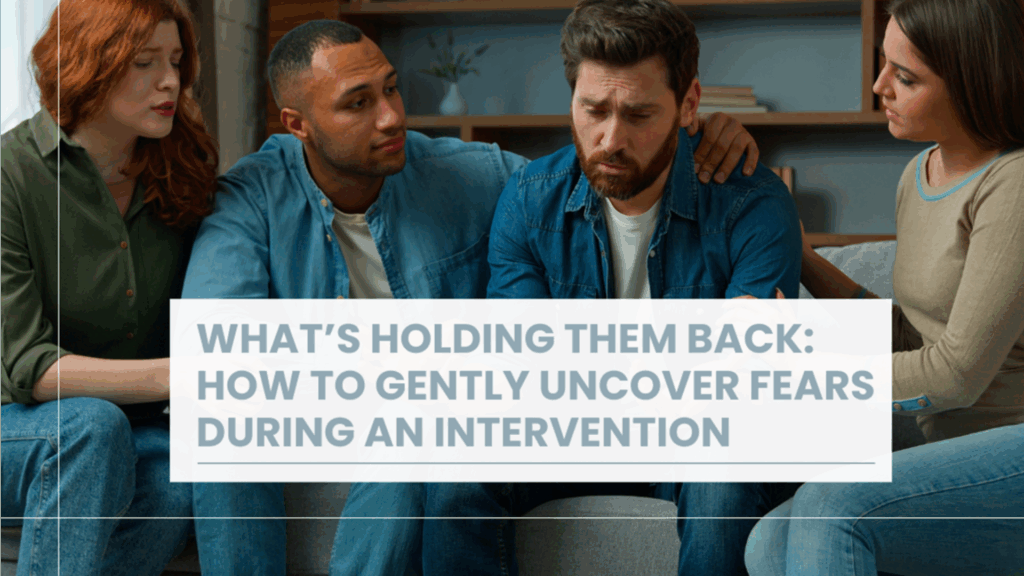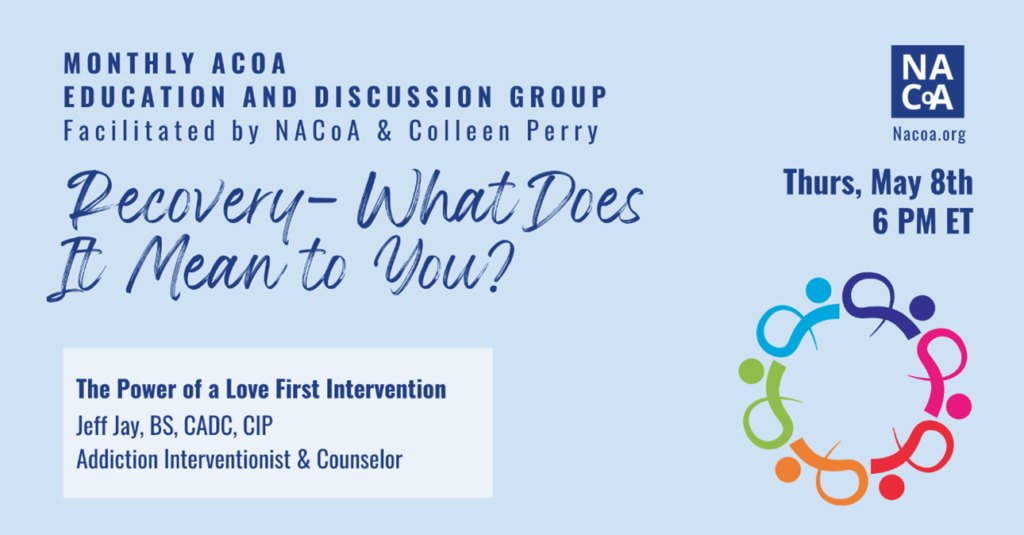When we think of interventions, we often picture the moment when the person with the substance use disorder (SUD) is lovingly but firmly asked to accept help. And while that moment is powerful, it is only the tip of the iceberg.
Behind the resistance to treatment is often a quiet storm of fear — not just about a new life of sobriety, but about everything they think they will lose if they say yes.
At NACoA, we call this the Sphere of Fear: the domain of people, kids, pets, responsibilities, and worries that someone may cling to as reasons they “can’t” go to treatment.
And here’s the truth: if we don’t address this Sphere with the individual or the family, we risk losing the opportunity for whole family recovery.
What Is the Sphere of Fear?
The Sphere of Fear includes all the very real or perceived concerns a person may have that prevent them from accepting help, such as:
• “Who will take care of my children?”
• “My elderly parent needs me.”
• “I can’t leave my dog.”
• “I’ll lose my job or fall behind.”
• “Who will water the garden or pay the bills?”
These are not excuses — they’re anchors in the brain impacted by SUD. In the mind of someone in this kind of crisis, they’re valid reasons not to leave life behind for treatment.
So, how do we help them release those anchors? We pragmatically use a quality improvement tool/approach known as the Reverse Fishbone Exercise.
The Fishbone Diagram
The fishbone diagram (also known as the Ishikawa or cause-and-effect diagram) is a problem-solving tool used in quality improvement work. Traditionally, it identifies all the causes contributing to a problem. But in a reverse fishbone, we flip the script:
We start with the barrier (“I can’t go to treatment”) and trace it back to all the perceived obstacles.
Here’s how to use it in an intervention setting:
1. Draw the Fishbone The “head” is the barrier — the person’s statement of why they can’t get help.
2. Branch out the Fears Each “bone” of the diagram identifies one concern in their Sphere of Fear (children, pets, finances, legal, business venture, family, job, etc.).
3. Build an Action Plan For each item, work with the family or team to assign a solution or person responsible. Example:
• Children Set up temporary caregiving with a trusted relative.
• Finances Appoint a financial proxy to manage bills.
• Job Gather information on FMLA protections or a leave of absence.
When these fears are named and cared for, the person is more likely to feel safe enough to say yes to treatment with their wrap around plan.
Don’t Forget the Children
Children are often at the heart of the Sphere of Fear. A parent may continue to struggle with a SUD not out of apathy, but out of love — believing they cannot be away from their child, even if it’s to get better. As interventionists and support professionals, we must make the care of the child a central part of the plan — not an afterthought. And we must ensure that any interaction with the child is done with sensitivity, developmentally appropriate language, and informed by trauma-aware best practices. Children are capable of understanding their parent has a disease and needs help to take care of it. They also really need to learn about the parent’s disease of addiction, so they do not take ownership of it and blame themselves for it. Essential in this explanation is who will take care of them during the time their parent is in treatment, and how and when can they talk to them next? Regular check-ins with the child are important so they are part of the family and communication, not left on the sidelines of this important process.
NACoA offers a powerful resource: Language with Kids and Teens About Addiction.
This guide outlines ways to speak honestly and lovingly with youth affected by parental addiction.
The Bottom Line: Fear is a Barrier — But One We Can Address
What looks like denial or resistance is often fear in disguise. When we take the time to explore that fear — and actively solve it — we give the individual the safety net they need to say yes to healing. By integrating tools like the Reverse Fishbone Exercise into our intervention practices, we create not just a pathway to treatment — but a bridge of trust, relief, and possibility.
Be the person who sees the whole picture.
Be the one who helps hold the fears, not dismiss them.
Be the safe adult — for the person, and for their children.
Learn more about intervention by attending our May ACOA Education and Discussion meeting focusing on Intervention with Addiction Interventionist & Counselor Jeff Jay, BS, CADC, CIP..

